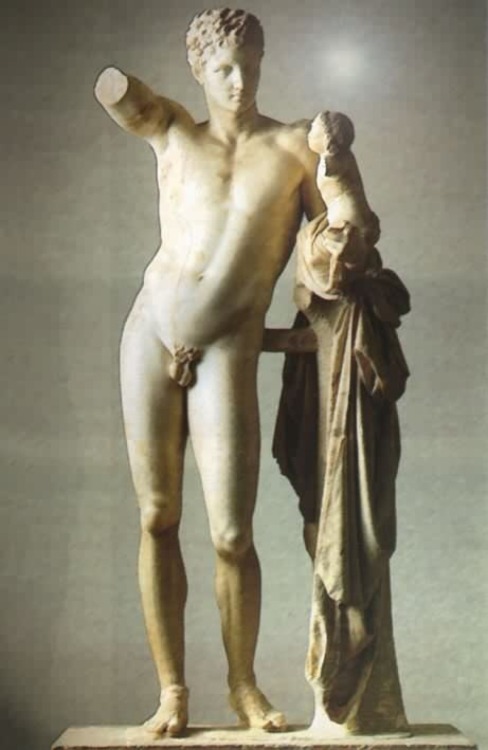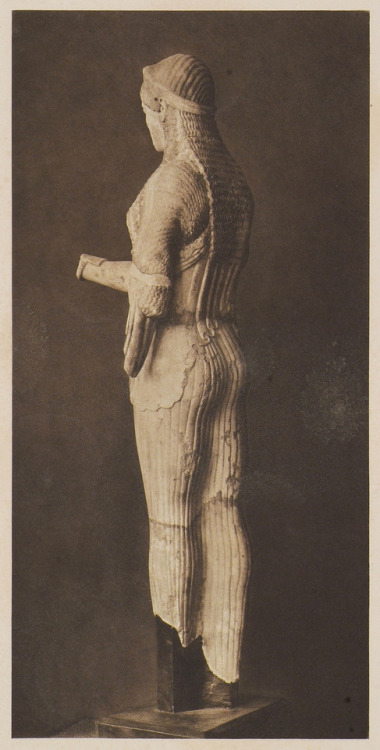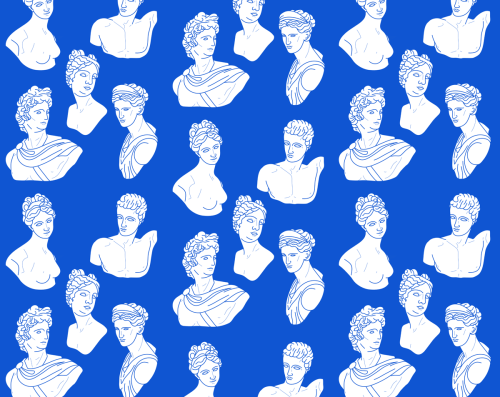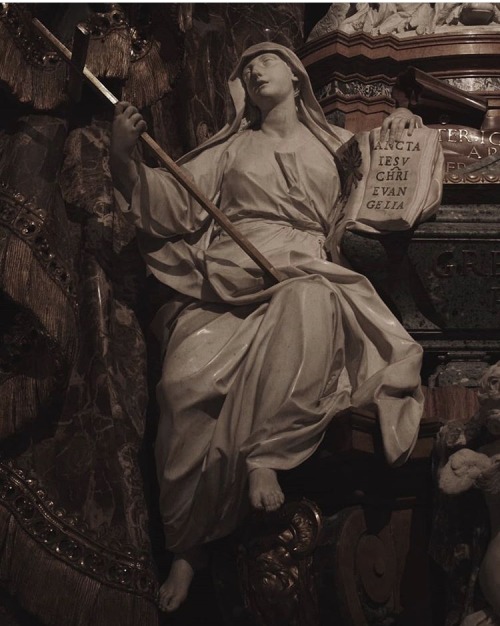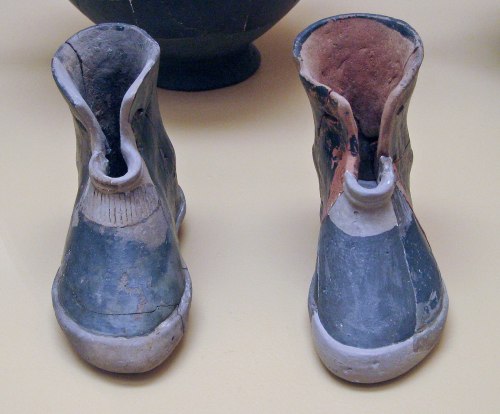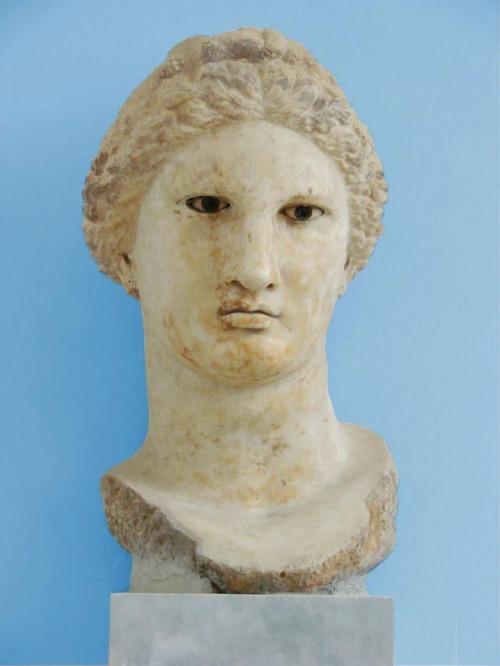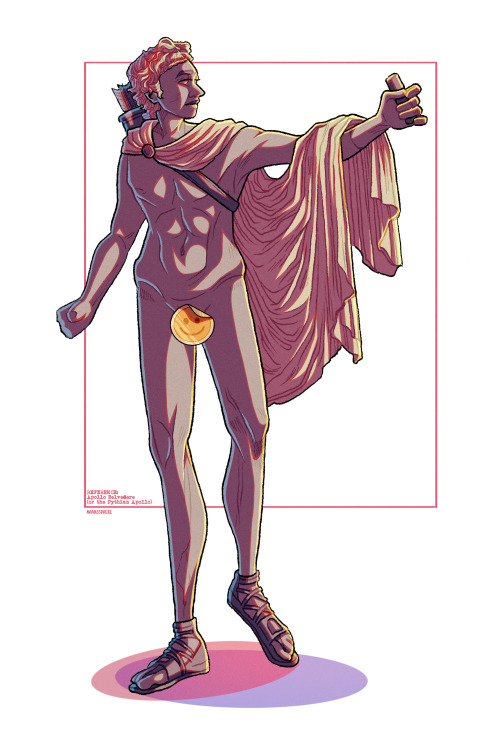#ancient greek sculpture
Marble head of a Greek general
Roman, 1st–2nd century A.D., copy of a 4th C. Greek bronze.
NY Met. 24.97.32.
Post link
West pediment of the Parthenon.
Author: Phidias, sculptor of the Acropolis of Athens.
440-432 BC.
Currently preserved at the British Museum in London.
Post link
В моих фантазиях я изучаю древнегреческий эпос в огромной тёмной библиотеке старинного замка, окружённого зачарованным туманом. Он подкрадывается к тяжелым дубовым дверям, щекочет окна костлявыми узловатыми пальцами и поёт жуткие колыбельные.
Но мне некогда спать. Я в упоении читаю легенды о монстрах, кровавых битвах и страшных родовых проклятиях. Я представляю себя в роли разъярённого бога, храброго героя или кровожадного чудовища, охраняющего узкий пролив.
Читая, я примеряю тысячу лиц и проживаю тысячу жизней.
Post link
Kore statue from the Acropolis of Athens (1919) - Daniel Baud-Bovy, Frédéric Boissonnas. Des Cyclades en Crète au gré du vent, Geneva, Boissonnas & Co.
Post link
day 20! have i mentioned that i love marble statues?? because i really really do. the idea of someone spending hours, days, weeks, carefully chiselling a giant block of marble to fit your visage, immortalising the way your robes curve, the way your smile tilts to the left oh so slightly,,, that’s so tender, and i love the idea of it. i remember seeing loads of statues in italy and greece, especially in temples or cathedrals. i used to stare at these marble statues, and wonder who their subjects were, what kinds of lives they led. i wonder if these people knew they would be immortalised in marble, for generations to admire and ponder over.
Post link
A pair of terracotta boots from an ancient Greek burial. They were found with the cremated remains of a woman from the Geometric Period, around 900 BCE. Since most shoes and clothing were quite perishable, these replicas give us some idea of what Greek people would have worn to slosh around in the mud 3,000 years ago.
Post link
APHRODITE WITH PRIAPOS
H. 5.9 cm.
Bone
Greek, Hellenistic,
3rd-1st cent. B.C.
The goddess stands in a relaxed pose, a mantle draped around her waist on a rectangular base. She leans with the left arm on her son Priapos, who is characteristically depicted with an erect phallus and fruit. The precise and detailed rendition show that this is a high-quality piece. Head and right arm of Aphrodite lost.
Post link

Today, 8 April, marks the discovery of the ancient Greek statue now known as the Venus di Milo on the island of Milos in 1820.
Read more:
Venus di Milo - Wikipedia
The Story of the Venus di Milo
Venus di Milo Spinning Thread - Cosmo Wenman
Greeks Want Their Aphrodite Back - Greek City Times
Featured image: Sketch for the painting “Procession around the Venus de Milo statue” by Jan Ciągliński, 1897. Collection of the National Museum in Warsaw, Poland via Wikimedia Commons (X). Image license: Public Domain.
“The Calf-Bearer and the Kritios Boy Shortly After Exhumation on the Acropolis”
c. 1865
albumen silver print from glass negative
Gilman Collection, Metropolitan Museum of Art
The statue depicted here is known as the Moschophoros, or Calf-bearer. It dates to the high archaic period in Greek history, and more specifically has a date range of 570 - 560 BC.
– Really cool to see a picture from when it was first found!
Post link


